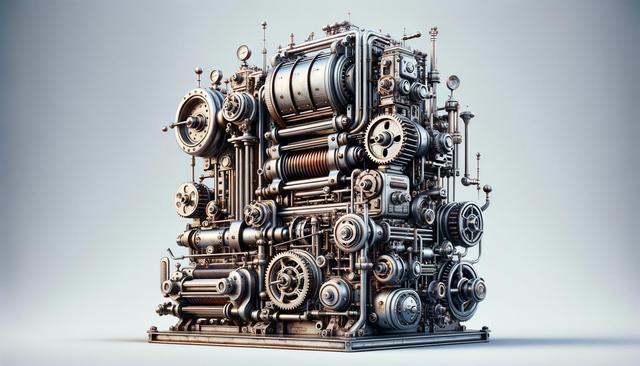The Basics of an Iron Machine
An iron machine, commonly referred to as a clothes iron, is a device used to remove wrinkles from fabric using heat, steam, and pressure. These machines have evolved significantly over the years, transitioning from heavy metal devices heated over fire to sophisticated electric models with adjustable settings and enhanced safety features. Today, iron machines are designed for convenience, efficiency, and fabric care. The core components generally include a water reservoir, soleplate, temperature control, and steam vents. Each part plays a vital role in ensuring that garments come out smooth and crisp.
Modern irons are often categorized by their soleplate materials, such as stainless steel, ceramic, or non-stick coatings. Each type offers different benefits in terms of heat distribution and ease of movement. The inclusion of steam functions and vertical steaming capabilities enhances the machine’s versatility, allowing users to de-wrinkle hanging garments or curtains without needing a separate steamer.
Types of Iron Machines Available
The market offers a range of iron machines to suit various needs and budgets. The most common types include:
- Dry irons – Simple models without steam functionality, suitable for basic ironing.
- Steam irons – Equipped with water tanks and steam vents for more efficient wrinkle removal.
- Steam generator irons – Featuring separate water tanks that generate higher steam output, ideal for heavy-duty or frequent use.
- Travel irons – Compact models designed for portability.
Each type has its pros and cons depending on the user’s requirements. For example, steam generator irons are more powerful but take up more space, while travel irons are convenient but may lack advanced features. When selecting an iron machine, it’s important to consider factors such as fabric types, frequency of use, and storage space.
Key Features to Consider
When choosing an iron machine, several features can significantly influence performance and user satisfaction. Some of the most useful features include:
- Adjustable temperature settings to match different fabric types.
- Anti-drip and anti-calc systems that prevent water leakage and mineral buildup.
- Auto shut-off for enhanced safety if the iron is left unattended.
- Vertical steam for de-wrinkling hanging items.
- Self-cleaning functions to prolong the machine’s lifespan.
These features not only improve ironing results but also contribute to the durability and ease of maintenance of the appliance. Investing in a well-equipped iron machine can save time and effort in the long run.
Care and Maintenance Tips
Proper care of an iron machine ensures it remains functional and safe to use over time. Neglecting maintenance can lead to issues like clogged steam vents, water leakage, or uneven heating. Here are a few simple tips to extend the life of your iron:
- Use distilled water to prevent mineral buildup inside the water tank and steam vents.
- Empty the water tank after each use to avoid stagnant water and odor.
- Wipe the soleplate with a damp cloth while it’s cool to remove any fabric residue.
- Activate the self-clean function periodically if available.
- Store the iron upright in a dry, cool place to prevent damage.
Following these steps can help maintain peak performance and ensure safe operation across many uses.
Environmental and Energy Considerations
As with many household appliances, energy efficiency and environmental impact are growing concerns when it comes to iron machines. Many newer models are designed with energy-saving features such as low power consumption modes and eco-settings that reduce energy use without compromising performance. Additionally, durable designs and long-lasting components help reduce waste over time.
Consumers can also contribute to sustainability by:
- Choosing irons with energy certifications.
- Using the iron only when necessary and avoiding preheating it for too long.
- Repairing rather than replacing machines when issues arise.
- Recycling old or broken irons through appropriate e-waste channels.
These small steps can make a notable difference in reducing the environmental footprint associated with home appliance use.




Leave a Reply